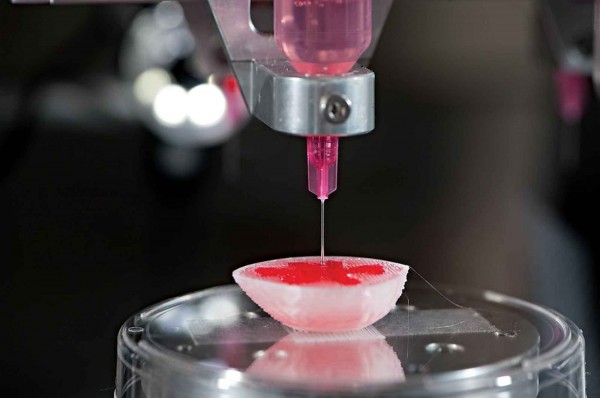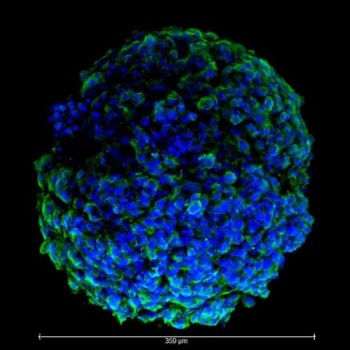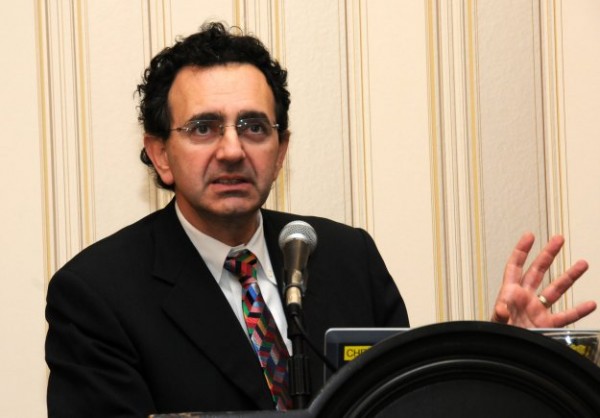With the advent of 3D printing technology the medicine and biotechnology has reached a whole new level. We have heard before how researchers, doctors and biotechnologists have attempted to create human kidneys, bone structures and other human organs that is going to help mankind in enormous ways.
Now a recent news coming from an American research institute may give you a glimpse of the unfathomable potential of 3D printing in the medical field also. Wake Forest Baptist Medical Center’s Institute for Regenerative Medicine have created something that they call “organoids”. Organoids are 3D printed “beating” human heart cells.
Ivy Mead, Wake Forest graduate student and member of team has been conducting the research on organoids told “The heart organoid beats because it contains specialized cardiac cells and because those cells are receiving the correct environmental cues,” she adds, “We give them a special medium and keep them at the same temperature as the human body, and that makes them beat. We can also stimulate the miniature organ with electrical or chemical cues to alter the beating patterns. Also, when we grow them in three-dimensions it allows for them to interact with each other more easily, as they would in the human body.”
A beating heart cell
The Organoids are made from human skin cells. First the adult human skin cell is genetically modified in to an ISP or Induced pluripotent stem cell which is then reprogrammed into an organoid. Each organoid is 0.25 mm in diameter.
Multiple lab-grown organs are created, which would eventually function as real body organs, so that it can be used as regenerative organs. The program, called Body-on-a-Chip is funded in part by the Space and Naval Systems Center. These newly developed organs will be used by defense and military body – The U.S. Defense Threat Reduction Agency. However, the project is focusing on other important life-threatening issues such as creating organs which can test contagions, such as, Ebola virus or harmful gases such sarin and ricin.
Anthony Atala
“Miniature lab-engineered organ-like hearts, lungs, livers, and blood vessels—linked together with a circulating blood substitute—will be used both to predict the effects of chemical and biologic agents and to test the effectiveness of potential treatments,” says Anthony Atala, a leading U.S. researcher on regenerative medicine. The project is conducted in his lab at Wake Forest School Of Medicine. The research team at Wake Forest has been contributing in regenerative medicine previously also. They have come up with 3D printed large body parts and organs such as kidneys, bladders. They have developed an ink-jet technology which helps in 3D printing skin on soldiers faced with serious burns.


